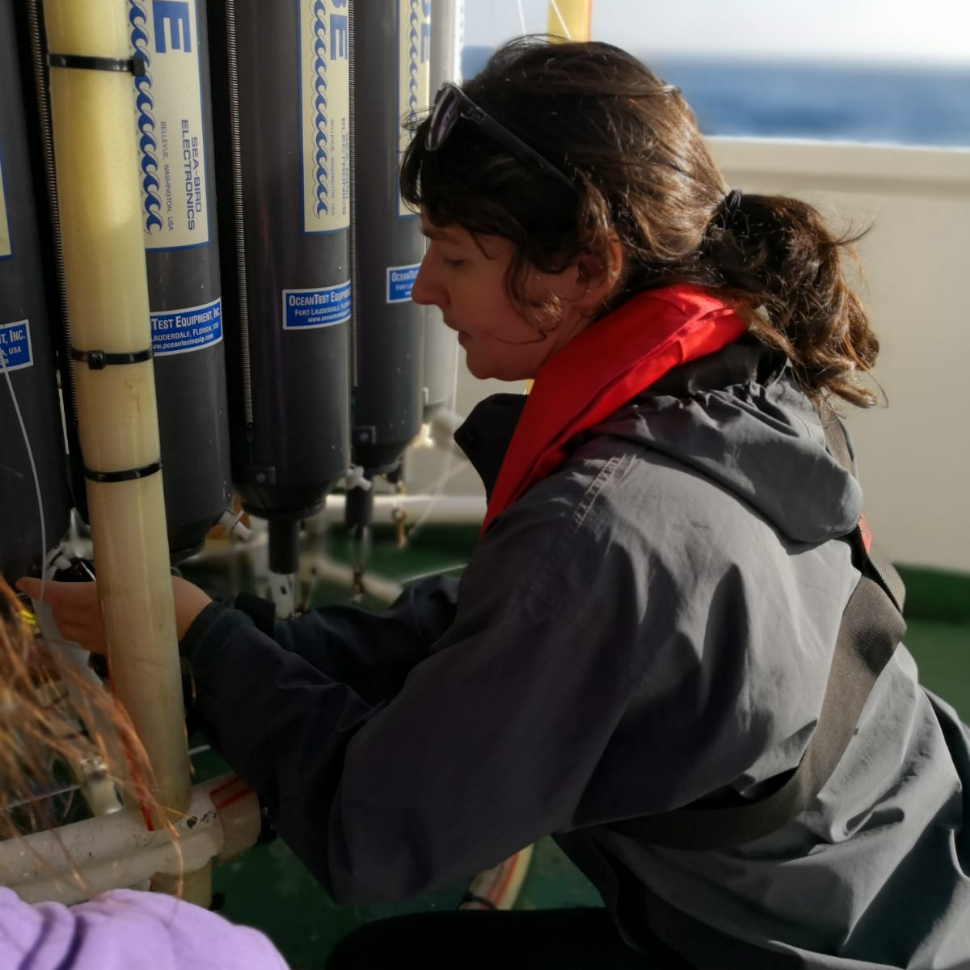Feb 17, 2020
Seawater sample preparation for microplastic determination
- Mª Dolores Gelado Caballero1,
- Tania Montoto Martínez1
- 1University of Las Palmas de Gran Canaria

External link: https://doi.org/10.1371/journal.pone.0232744
Protocol Citation: Mª Dolores Gelado Caballero, Tania Montoto Martínez 2020. Seawater sample preparation for microplastic determination. protocols.io https://dx.doi.org/10.17504/protocols.io.bcfyitpw
Manuscript citation:
Montoto-Martínez T, Hernández-Brito JJ, Gelado-Caballero MD (2020) Pump-underway ship intake: An unexploited opportunity for Marine Strategy Framework Directive (MSFD) microplastic monitoring needs on coastal and oceanic waters. PLoS ONE 15(5): e0232744. doi: 10.1371/journal.pone.0232744
License: This is an open access protocol distributed under the terms of the Creative Commons Attribution License, which permits unrestricted use, distribution, and reproduction in any medium, provided the original author and source are credited
Protocol status: Working
We use this protocol in our group and it is working.
Created: February 12, 2020
Last Modified: September 18, 2020
Protocol Integer ID: 32984
Abstract
The following protocol is fit for seawater sample preparation prior to its observation under a stereomicroscope for the determination or microplastic particles.
Guidelines
The airborne contamination is proved to be reduced as the preventive methodology is improved, as it is recommended on the study of Norén and Naustvol (2010).
Potential microplastics can be identified following Lusher et al. (2014) guidelines, based on features such as colour and form, and on thickness and three dimensional bending in the case of fibres.
Materials
MATERIALS
MilliQ water
Glass microfibre filter (0.7 μm; GF/F ø=47 mm)
STEP MATERIALS
MilliQ water
Glass beakers, petri dishes, vacuum filtration device.
Protocol materials
MilliQ water
Glass microfibre filter (0.7 μm; GF/F ø=47 mm)
MilliQ water
MilliQ water
Before start
Take into consideration the following common measures to prevent contamination of the samples during lab processing:
(i) Wear cotton clothes while manipulating the samples,
(ii) clean all containers using distilled water prior to its reuse,
(iii) perform blank controls filtering MilliQ water,
(iv) place a clean petri dish with a filter paper close to the manipulation area to register possible airborne contamination.
Clean the glass beaker where your seawater sample is transfered: rinse it thoroughly three times with
MilliQ water
Note down the volume.
2m
Prepare the vacuum filtration system with a glass microfibre filter (0.7 μm; GF/F ø=47 mm) and filter the full volume.
15m
Rinse the vacuum filtration system three times while it continues filtrating to the microfibre filter, so no particles are left behind.
5m
Place the filter on a petri dish and let it dry overnight in the oven at 60 °C .
1d
Observe the filter under a microscope.
Take pictures and measures of the identified particles following Lusher et al (2014) guidelines.
10m
